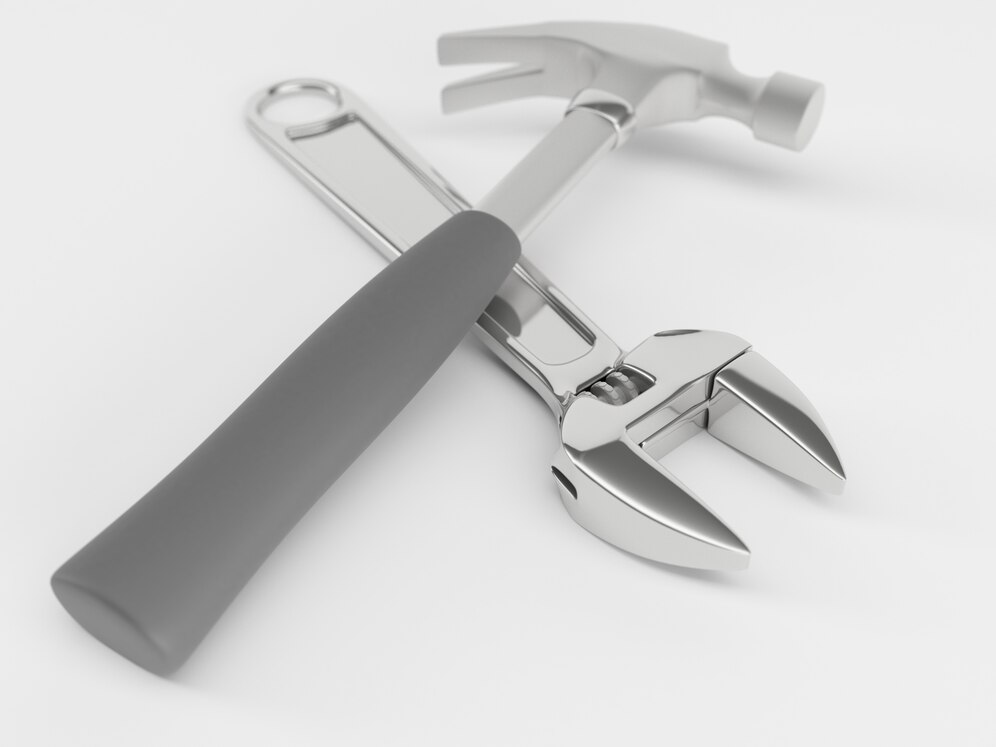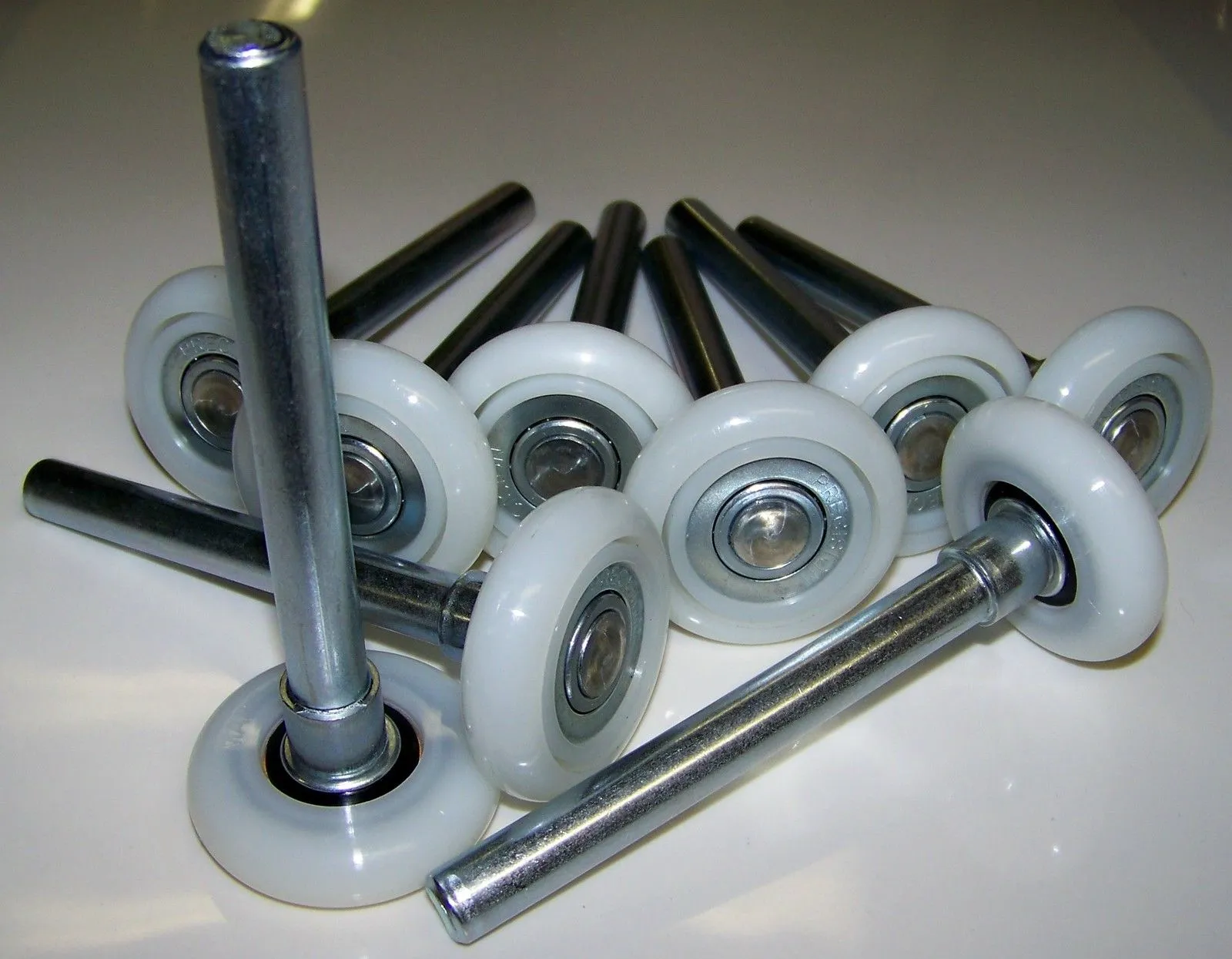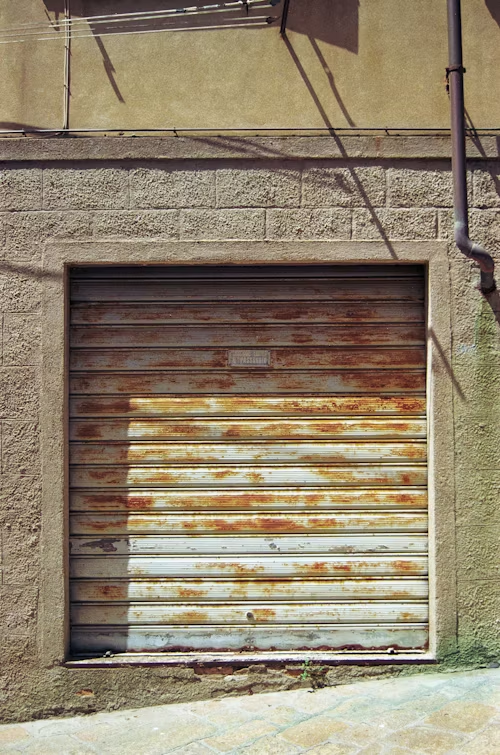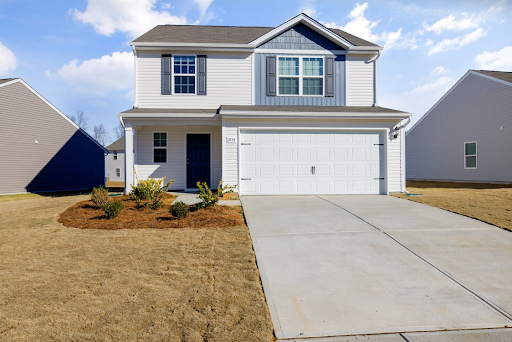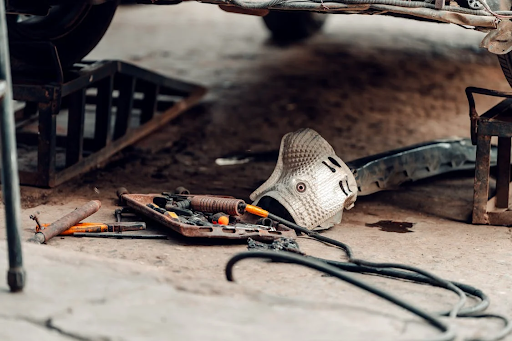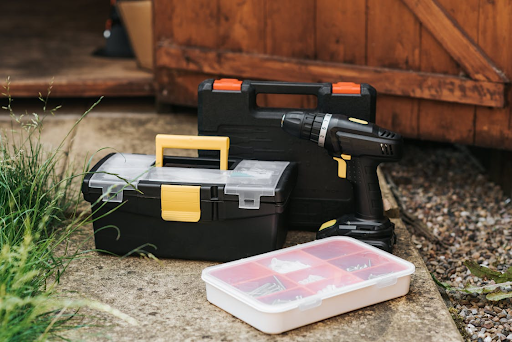The holiday season is right around the corner, and that means it’s about time to show happiness not just inside your home but outside as well. As you surely know, there are plenty of ways to decorate your garage doors and make your property look stunning.
If you’re wondering how to decorate your garage door for Christmas so your property stands out in the neighborhood, we have the answer. Whether aiming for whimsical or classic elegance, decorating can be fun and easy. Let’s check out some garage door ideas that will help you with this task.
Garage Door Banners
One excellent way to make an impressive statement this Christmas is with garage door banners. These large door decorations can easily be hung over your garage, instantly transforming its look.
You should choose a festive design that shows your cheerful spirit. The options are endless, from a basic Happy Holidays banner to snowflakes or merry greetings. A banner showcasing bright colors and bold graphics can set a joyful tone for passersby.
Wondering what about the installation? Don’t worry, it is simple. Many garage door Christmas banners come with grommets for easy hanging. Just ensure they’re securely attached to withstand winter winds.
Additionally, you can personalize your banner. Some companies offer customized designs featuring family names or favorite holiday quotes. This adds a unique touch that reflects your personality while embracing the season’s joy.
Magnetic Banners
If you go to any garage store or even browse online, you’ll find seasonal garage door magnets. They come in various designs, making it easy to find something that suits your style. Whether you need a single garage door Christmas banner or something larger, just make sure to know the exact measure.
Once you finish with the purchase and bring it all home, the installation is effortless.
- Place the banner on your door
- Straighten the magnets and let them do their work.
There’s no need for tape or glue, which means you won’t have any sticky residue left behind. Additionally, these door decorations are durable and weather-resistant. You can enjoy them throughout the season without worrying about wear and tear from rain or snow.
Another great feature is how easily they can be changed out. You can have a cheerful Santa design one week and a festive winter scene the next. Swapping them takes only moments.
Snowman Door Decoration
Snowman door decorations are a way to bring playful charm to your holiday display. It adds warmth and joy during the cold winter months.
You can use pre-made decorations or create your own with some creativity. A simple white tablecloth draped over a cardboard cutout can transform into an adorable snowman in no time. Additionally, you can add accessories such as a colorful scarf, button eyes, and a cheerful smile. Add twinkling lights around the edges for extra sparkle after dark.
For an extra touch, consider using snowmen of different sizes for visual interest. Hang smaller versions at varying heights alongside larger ones on your garage door.
Reindeer Door Decorations
Let’s bring one more door decorating idea for Christmas. For instance, reindeer door decorations bring a whimsical touch. You can choose from various designs, whether it’s a classic wooden cutout or a vibrant inflatable.
For an interactive twist, consider adding antlers made from twinkling lights. These charming additions will catch the eye and spread joy in your neighborhood.
Don’t forget about wreaths with tiny reindeer ornaments for that extra flair. A mix of greenery and playful elements creates an inviting atmosphere.
Christmas Trees and Wreaths
Speaking about it, nothing quite captures the spirit of Christmas like trees and garage door wreaths. Adorning your garage door with these festive decorations can create a warm and inviting atmosphere for everyone passing by.
A classic approach is to hang a beautiful wreath on the door. You can opt for traditional evergreen varieties or get creative with unique materials like pine cones, ornaments, or even burlap. The addition of twinkling lights around the edges will amplify its charm during nighttime, making your home stand out beautifully in the dark.
If you want to go the extra mile, consider attaching mini Christmas trees flanking either side of your garage door. These could be real potted plants or artificial ones with tiny ornaments and lights.
As you deck out your garage door this season, remember that it’s about expressing creativity while spreading holiday cheer! Whether you opt for garage door Christmas banners or any other front door decor, ensure you have fun during the holidays. And if you need any assistance, contact Garage Door Experts right away.


